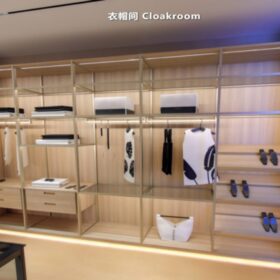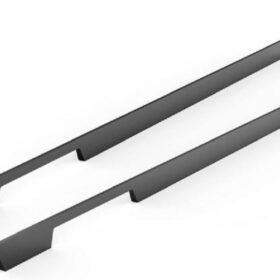How to Negotiate Pricing with Furniture Handle Suppliers
How to Negotiate Pricing with Furniture Handle Suppliers: A Comprehensive Guide
Negotiating pricing with furniture handle suppliers can be a daunting task, but it is crucial for businesses to secure the best possible deals. By understanding the market dynamics, utilizing effective negotiation strategies, and leveraging market intelligence, businesses can maximize their savings and establish long-lasting relationships with their suppliers.
1. Market Research and Supplier Comparison
Before initiating negotiations, conduct thorough market research to understand the industry landscape. Research prevailing market prices, analyze demand and supply trends, and identify potential suppliers. Compare their product offerings, pricing structures, and reputation. This foundational knowledge will empower you to make informed decisions and negotiate from a position of strength.
2. Preparation and Value Proposition
Prepare for negotiations meticulously by defining your specific needs, setting realistic targets, and formulating a compelling value proposition. Articulate how your business aligns with the supplier’s goals and how your collaboration can create mutual benefits. Establish clear expectations and be prepared to justify your desired prices.
3. Negotiation Tactics
Start with a Favorable Position: Initiate negotiations by presenting your strongest arguments and emphasizing your unique value proposition.
Be Willing to Compromise: Recognize that negotiations are a two-way street. Be flexible and willing to compromise to reach a mutually acceptable agreement.
Leverage Market Conditions: Use your market intelligence to demonstrate your awareness of prevailing prices and competition. This information can strengthen your bargaining position.
Negotiate Volume Discounts: Explore opportunities for volume discounts by committing to larger orders. This can lead to significant cost savings over the long term.
Consider Alternative Payment Terms: Be open to discussing alternative payment terms such as extended payment periods or early payment discounts.
4. Supplier Relationships and Trust
Build strong relationships with your suppliers by being transparent, honest, and reliable. Establish open communication channels to foster trust and create a collaborative atmosphere. Treat your suppliers with respect and value their expertise. Long-term partnerships can lead to preferential pricing and other benefits.
5. Written Agreements and Follow-Up
Once an agreement is reached, ensure that all terms are clearly documented in a written contract. This will provide clarity and protect both parties. Follow up regularly to track the order status, resolve any issues, and maintain open communication.
By implementing these strategies, businesses can effectively negotiate pricing with furniture handle suppliers. Remember, the key to successful negotiations is to approach the table with preparation, flexibility, and a commitment to building mutually beneficial relationships. With a well-informed and proactive approach, businesses can secure optimal pricing arrangements and drive business success.
-
2024-11-29Top Trends in Modern Kitchen Cabinet Pulls for 2024
-
2024-11-28The Ultimate Guide to Modern Kitchen Cabinet Pulls- Materials, Styles, and Tips
-
2024-11-27Elevate Your Kitchen Design with These Must-Have Modern Cabinet Pulls
-
2024-11-26Sleek and Stylish- The Best Modern Kitchen Cabinet Pulls for a Contemporary Look










